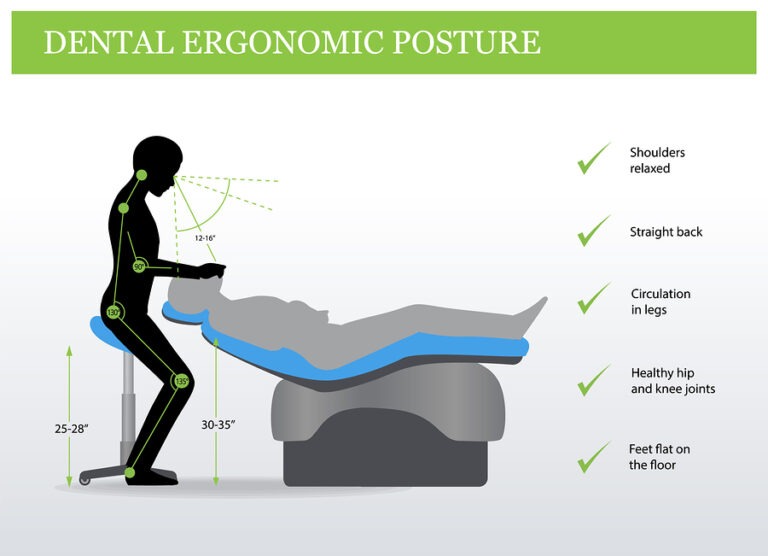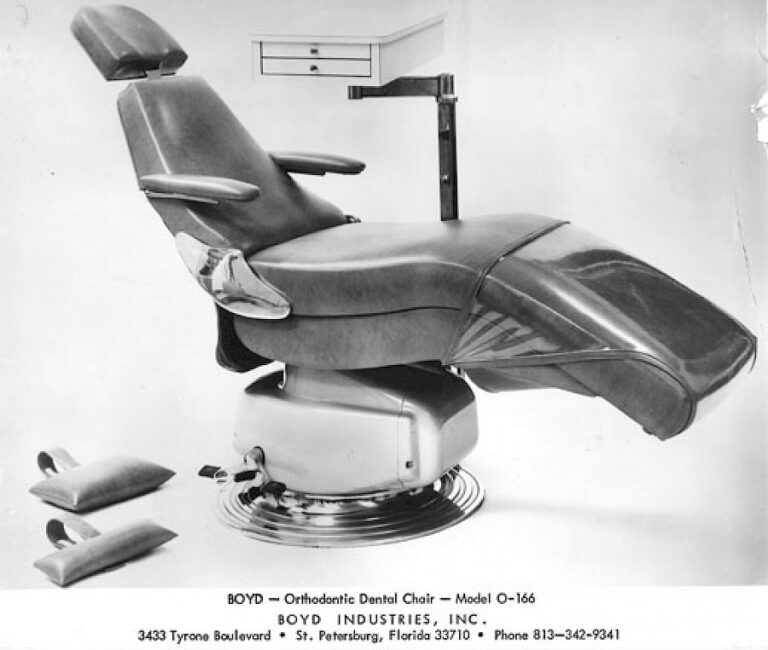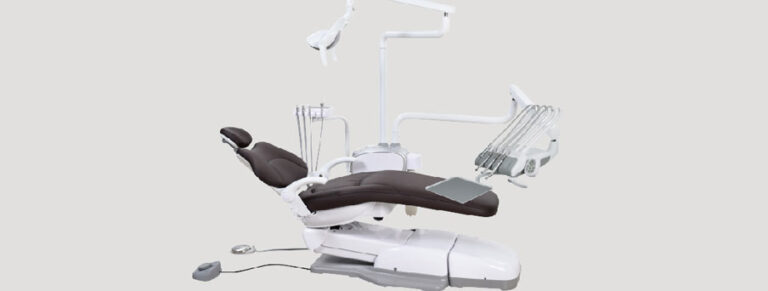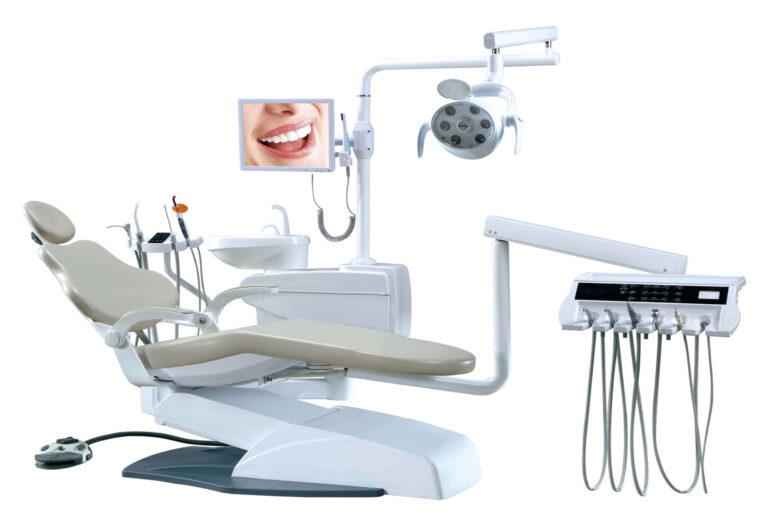In the world of dentistry, few pieces of equipment are as essential as the dental chair. It serves as the focal point of every dental operatory, providing comfort for patients and functionality for practitioners. As we move into 2024, it’s crucial for dental professionals to stay informed about the latest advancements and considerations when selecting and maintaining this vital piece of equipment. In this comprehensive guide, we’ll explore everything you need to know about dental chairs, from their history and key features to tips for choosing the perfect chair for your practice.
The Evolution of Dental Chairs
The dental chair has come a long way since its humble beginnings. In 1790, Dr. Josiah Flagg of New England made the first documented modification to a chair for treating dental patients by adding a headrest, wider armrests, and an attached instrument tray to a wooden writing chair. Throughout the next two centuries, dentists made incremental improvements to enhance patient safety and comfort, such as adding a footrest, plush upholstery, and reclining mechanisms.
A significant milestone in dental chair history was the introduction of the J-Chair by the Ritter Company in 1958. This groundbreaking design allowed dentists to sit while working, setting the stage for sit-down dentistry as we know it today. The original J-Chair is now enshrined in the Smithsonian Museum in Washington, DC, as an icon of the American dental industry.
Key Features and Considerations
When evaluating dental chairs, there are several essential features and factors to consider:
Comfort and Ergonomics
Patient comfort should be a top priority. Look for chairs with adjustable headrests, armrests, and seat positions to accommodate patients of various sizes and ensure optimal positioning during procedures. The cushioning, upholstery material, and overall design should prioritize patient comfort throughout their visit.
Durability and Quality
A dental chair must withstand the demands of a busy practice. Opt for chairs made from high-quality materials known for their durability, and consider the chair’s construction, frame strength, and the manufacturer’s reputation. Reading customer reviews and seeking recommendations from other dental professionals can provide valuable insights into a chair’s longevity and reliability.
Functionality and Versatility
Evaluate the chair’s range of motion, control options, and integration capabilities with other dental equipment. Features that enhance efficiency and streamline workflows, such as programmable positions, easy-to-use controls, and compatibility with accessories like dental delivery systems and lights, are highly desirable.
Infection Control
Maintaining a sterile environment is crucial in a dental setting. Prioritize chairs designed with infection control in mind, featuring smooth surfaces that are easy to clean and disinfect, removable and autoclavable components, antimicrobial upholstery, and integrated waterline disinfection systems.
Patient Safety
Ensure the dental chair is equipped with safety features such as emergency stop buttons, safety belts, and automatic safety systems that prevent accidental movements or pinching. These features contribute to a trustworthy and safe environment for patients.
Choosing the Right Dental Chair
With numerous options available, selecting the perfect dental chair for your practice can be overwhelming. Here are some tips to guide your decision-making process:
- Assess your needs: Consider your practice’s specific requirements, such as the types of procedures you perform, patient demographics, and available space.
- Set a budget: Determine a realistic budget for your dental chair investment, taking into account long-term maintenance costs and the availability of spare parts.
- Research and compare: Thoroughly research different models, comparing features, quality, and warranties offered by various manufacturers. Seek recommendations from colleagues and read customer reviews to gain valuable insights.
- Test drive the chair: Whenever possible, arrange for a “test drive” of the dental chair. Sit in the chair personally to gauge its overall comfort and experience what your patients will feel. Evaluate the ease of adjusting armrests, headrests, and other components.
- Consider integration: Ensure the chair is compatible with your existing dental equipment and technology, such as dental delivery systems, lights, and monitors. Verify that the chair’s integration capabilities align with your practice’s specific needs.
Maintenance and Repair
Proper maintenance is essential to extend the lifespan of your dental chair and ensure optimal performance. Implement a comprehensive maintenance schedule that includes daily, weekly, monthly, and annual tasks:
- Daily: Clean and disinfect the chair’s upholstery, drain the spittoon valve, and sterilize equipment, inlets, and hoses.
- Weekly: Inspect the upholstery for damage, flush waste drains, and lubricate O-rings on HVEs and saliva ejector valves.
- Monthly: Check the chair’s safety features, examine the base for leaks, and lubricate the water bottle connection point.
- Semi-annually: Test the chair’s articulation, stability, and hydraulic fluid levels.
- Annually: Inspect the chair’s swivel motion and schedule a professional maintenance service.
Despite regular maintenance, dental chairs may experience wear and tear over time. Common upholstery problems include rips, punctures, and discoloration due to frequent use, exposure to cleaning agents, and UV rays. When deciding between repair and replacement, assess the extent of the damage, consider the upholstery material, and evaluate cost-effectiveness. In many cases, professional repair services can restore the chair’s functionality and appearance at a fraction of the cost of replacement.
Conclusion
The dental chair is a crucial investment for any dental practice, directly impacting patient comfort, practitioner ergonomics, and overall productivity. As we navigate the ever-evolving landscape of dentistry in 2024, staying informed about the latest advancements and best practices in dental chair selection and maintenance is essential.
By prioritizing key features such as comfort, durability, functionality, infection control, and patient safety, dental professionals can choose a chair that meets their specific needs and contributes to a positive patient experience. Regular maintenance and timely repairs can extend the chair’s lifespan, ensuring optimal performance and a pristine appearance that instills trust in patients.
As you embark on the journey of selecting or maintaining a dental chair for your practice, remember that this piece of equipment is more than just a functional tool – it is a symbol of your commitment to providing exceptional dental care in a comfortable and safe environment.
What should I consider when choosing a dental chair?
Look for adjustable headrests, an ergonomic build, and ease of maintenance. These features ensure both patient comfort and practitioner convenience.
How much does a dental chair typically cost?
The price range is broad, from basic models starting at a few thousand dollars to advanced chairs exceeding $20,000, influenced by features and quality.
Why are ergonomic designs crucial in dental chairs?
Ergonomic chairs play a significant role in reducing physical strain and potential injury for dentists, thus promoting long-term health and comfort during procedures.






